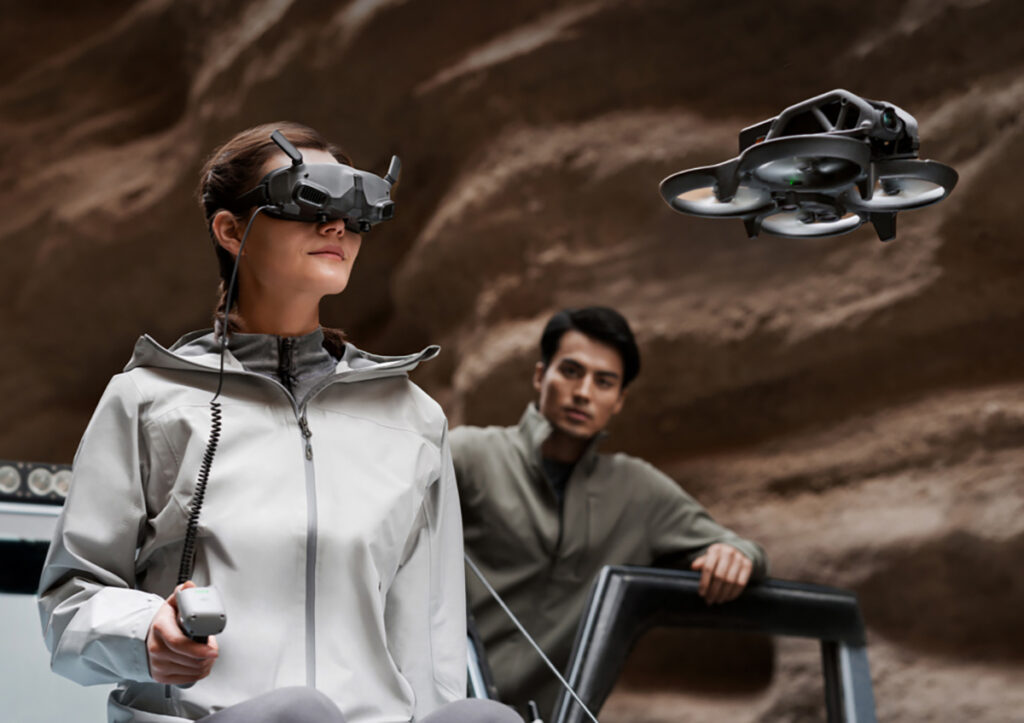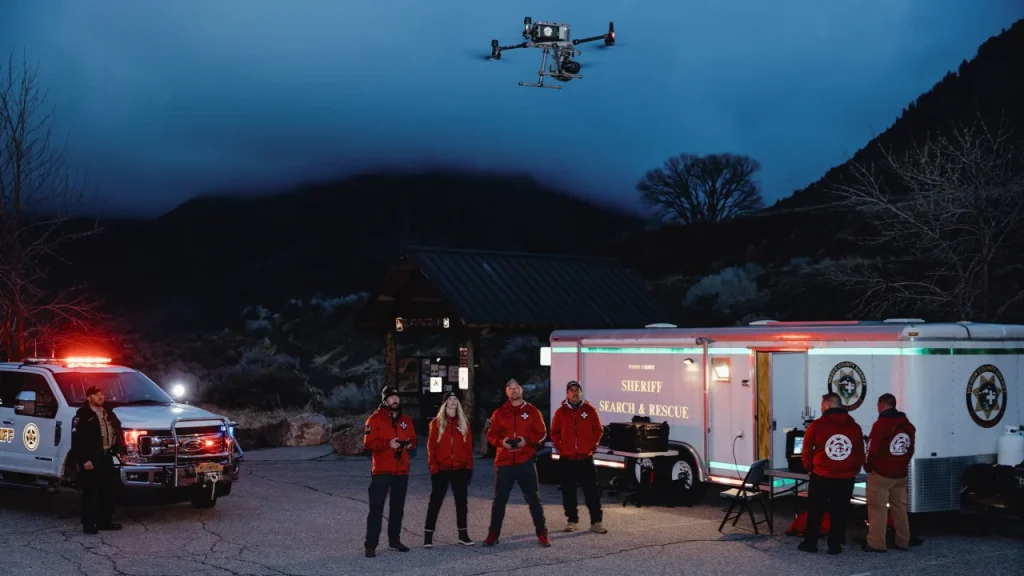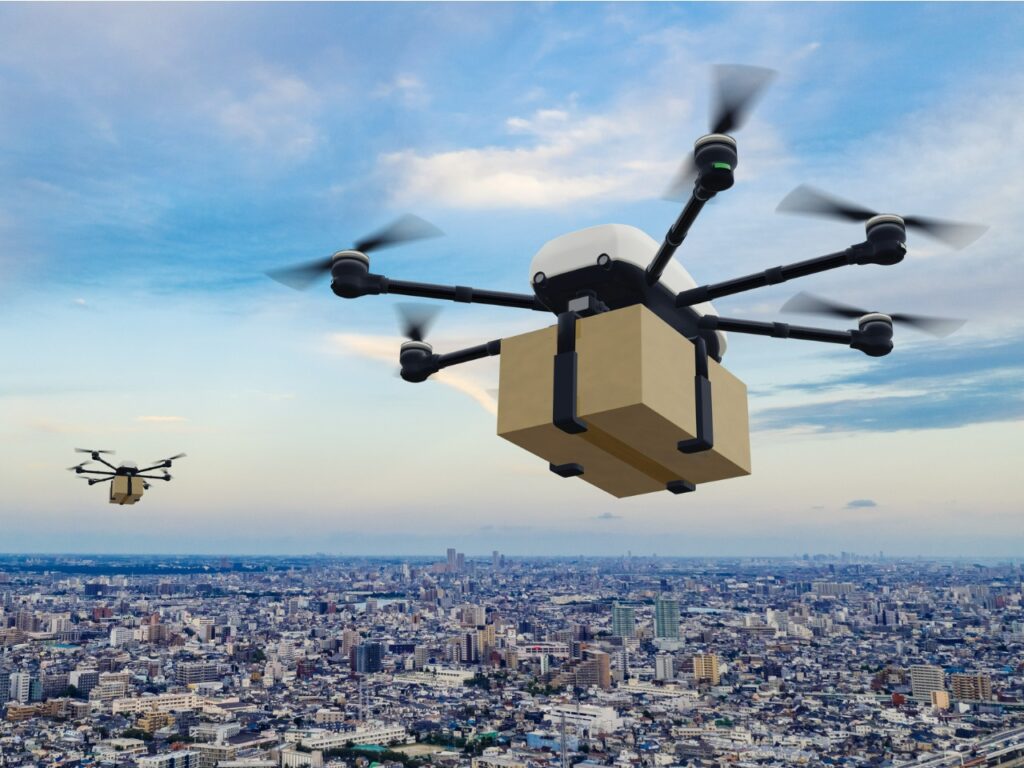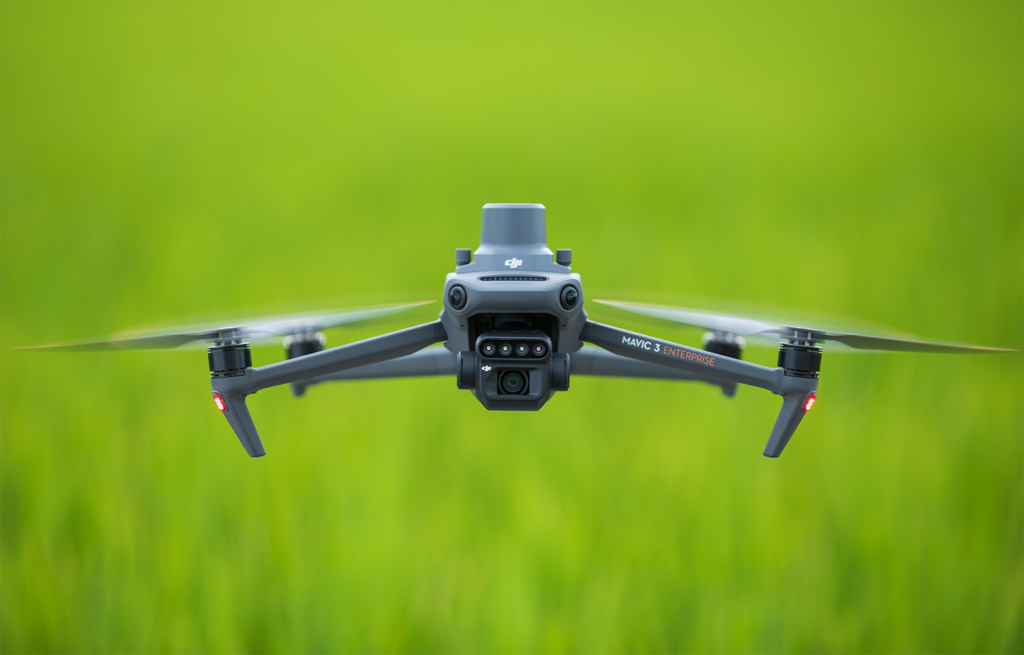Introduction
Embark on a thrilling journey into the dynamic realm of FPV drone, where cutting-edge technology meets the joy of immersive flight. In this comprehensive guide, we’ll explore the intricacies of FPV technology, guide you through the process of building your own FPV drone, and provide tips for mastering the art of First Person View flying. Get ready to elevate your drone experience and discover the exhilaration of FPV flight.
What Are FPV Drone
FPV is an abbreviation for first-person view. So, when it comes to operating an FPV drone, this simply means that the pilot sees what the drone sees. Traditional drones differ in that they are piloted from the pilot’s ground perspective. Instead, it is piloted from the perspective of the drone, not the operator, using an onboard camera. Consider it a bird’s-eye view.
However, from almost every angle, FPV and traditional drones appear quite similar. Traditional drones feature onboard cameras or may be outfitted with them if the pilot wishes to fly FPV. If the FPV prefers a more traditional viewing experience, the camera can be turned off. It all comes down to personal preference.
12 Benefits of Flying an FPV Drone
Flying FPV (First Person View) drones comes with a myriad of benefits, making it a popular and thrilling hobby for enthusiasts around the world. Here are some key advantages of FPV drone:
Immersive Flying Experience
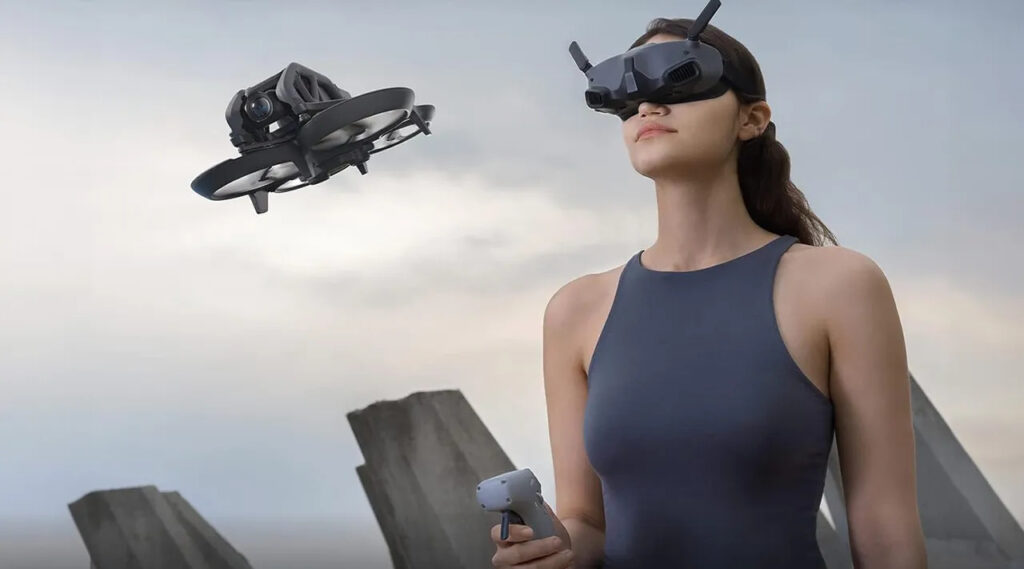
FPV drone provides a uniquely immersive experience, allowing pilots to see the world from the drone’s perspective in real-time. This sense of presence adds a new dimension to flying, making it feel like you are actually in the cockpit, soaring through the air.
Precision Control
The first-person view allows for precise control of the drone. Pilots can navigate through tight spaces, perform intricate maneuvers, and fly with increased accuracy, thanks to the real-time feedback provided by the FPV camera.
Thrilling Racing and Freestyle Opportunities
FPV drone has given rise to exciting racing leagues and freestyle competitions. Pilots can participate in high-speed races through challenging courses or showcase their creativity by performing acrobatic freestyles tricks. This competitive aspect adds an adrenaline-fueled dimension to FPV flying.
Exploration and Photography
FPV drones are not just for high-speed action; they also serve as versatile tools for exploration and photography. Pilots can use FPV drone to explore remote or inaccessible areas, capturing stunning aerial footage and photos that would be otherwise challenging to obtain.
Community and Collaboration
The FPV community is vibrant and supportive. Enthusiasts share their experiences, knowledge, and tips, fostering a sense of camaraderie. This collaborative environment is conducive to learning, whether you’re a beginner seeking advice or an experienced pilot sharing your expertise.
Skill Development
Flying FPV drones requires a unique set of skills, including hand-eye coordination, spatial awareness, and quick decision-making. As pilots progress in their FPV journey, they continually refine and develop these skills, enhancing their overall proficiency in both flying and problem-solving.
Education and STEM Learning
FPV drone can be valuable tools for educational purposes. They can be used to teach concepts in science, technology, engineering, and mathematics (STEM) in an engaging and hands-on manner. Many educational programs and initiatives incorporate FPV drones to inspire interest in these fields.
Stress Relief and Enjoyment
FPV flying provides an excellent outlet for stress relief and relaxation. The sheer enjoyment of piloting a drone through diverse landscapes, performing maneuvers, and exploring new areas contributes to a rewarding and enjoyable hobby.
Innovation and DIY Culture
The FPV community is known for its innovation and do-it-yourself (DIY) culture. Many enthusiasts build and customize their drones, fostering creativity and pushing the boundaries of what is possible in the world of FPV.
Continuous Technological Advancements
The technology behind FPV drones is continually advancing. This ensures that enthusiasts have access to cutting-edge equipment, including improved cameras, better transmission systems, and more efficient components, enhancing the overall FPV experience.
Applications of FPV Drone
FPV (First Person View) drones find application in various fields, combining the thrill of flying with practical uses. Here are some notable applications of FPV drones:
Recreational Flying
FPV drones are widely used for recreational purposes, allowing enthusiasts to experience the joy of flying from a first-person perspective. Whether flying through obstacle courses, exploring landscapes, or engaging in freestyle maneuvers, recreational FPV flying is a popular hobby.
Drone Racing
FPV drone racing is a competitive sport where pilots navigate their drones through intricate courses at high speeds. Racing leagues and events attract skilled pilots who compete for speed and agility, contributing to the growth of the sport and community.
Freestyle Flying
FPV freestyle involves performing acrobatic maneuvers and tricks, often set to music. This creative aspect of FPV flying allows pilots to express themselves and showcase their skills through flips, rolls, and other impressive aerial stunts.
Aerial Photography and Cinematography
FPV drones equipped with high-quality cameras serve as versatile tools for capturing stunning aerial footage and photographs. The real-time view allows photographers and cinematographers to frame shots with precision, providing a unique perspective for visual storytelling.
Search and Rescue Operations
FPV drone is utilized in search and rescue missions, where their agility and ability to cover large areas quickly prove valuable. The live video feed allows operators to survey landscapes and locate individuals in need of assistance, especially in challenging terrains.
Infrastructure Inspection
FPV drone is employed for inspecting infrastructure such as power lines, communication towers, and bridges. Their ability to access difficult-to-reach areas without risking human safety makes them valuable tools for routine inspections and maintenance.
Precision Agriculture
In agriculture, FPV drones equipped with specialized sensors and cameras assist in monitoring crop health, assessing field conditions, and optimizing farming practices. This data-driven approach enhances efficiency and reduces resource use.
Educational Tools
FPV drone is used as educational tool, especially in STEM (Science, Technology, Engineering, and Mathematics) programs. They provide hands-on learning experiences for students, teaching principles of aerodynamics, engineering, and technology in a engaging way.
Environmental Monitoring
FPV drones contribute to environmental research by providing a bird’s-eye view for monitoring ecosystems, wildlife, and environmental changes. Researchers use them to collect data on deforestation, wildlife migration patterns, and climate-related phenomena.
Security and Surveillance
FPV drone is employed for security and surveillance purposes, offering an aerial perspective for monitoring events, crowds, or large areas. They are particularly useful in situations where real-time visibility is essential.
Training and Simulation
FPV drones are utilized in training simulations for pilots and drone operators. These simulations allow individuals to practice flying various scenarios and conditions, enhancing their skills in a controlled environment.
Entertainment and Events
FPV drone shows are becoming increasingly popular in entertainment events. Synchronized drone displays with LED lights create captivating aerial light shows, adding a futuristic and visually stunning element to concerts, festivals, and other events.
Conclusion
In conclusion, the world of FPV drones represents a captivating intersection of cutting-edge technology and diverse applications, ranging from recreational pursuits to invaluable contributions in various industries. The thrill of first-person view flying has not only given rise to an enthusiastic community of hobbyists but has also become a driving force behind competitive sports, artistic expression, and practical solutions in fields such as search and rescue, agriculture, and environmental monitoring.
The benefits of FPV drones extend beyond the sheer excitement of piloting an aircraft; they encompass educational opportunities, innovation, and the creation of dynamic communities where knowledge sharing and collaboration flourish. FPV drones empower individuals to explore the skies, unleash their creativity, and engage in activities that were once confined to the realm of imagination.
As technology continues to evolve, opening new possibilities for smaller, more powerful components, the applications of FPV drones are likely to expand even further. Whether you’re a racing enthusiast, an aerial photographer, or a professional utilizing drones for practical purposes, the FPV landscape offers a rich tapestry of experiences.
So, whether you’re chasing the thrill of a high-speed race, capturing breathtaking aerial footage, or contributing to real-world solutions, the FPV drone community welcomes you to a realm where the sky is not the limit, but rather the canvas for endless exploration and innovation. As we navigate the boundless potential of FPV drones, one thing remains certain—the sky is no longer just overhead; it’s a canvas waiting to be painted with the soaring possibilities of FPV flight. Happy flying!

